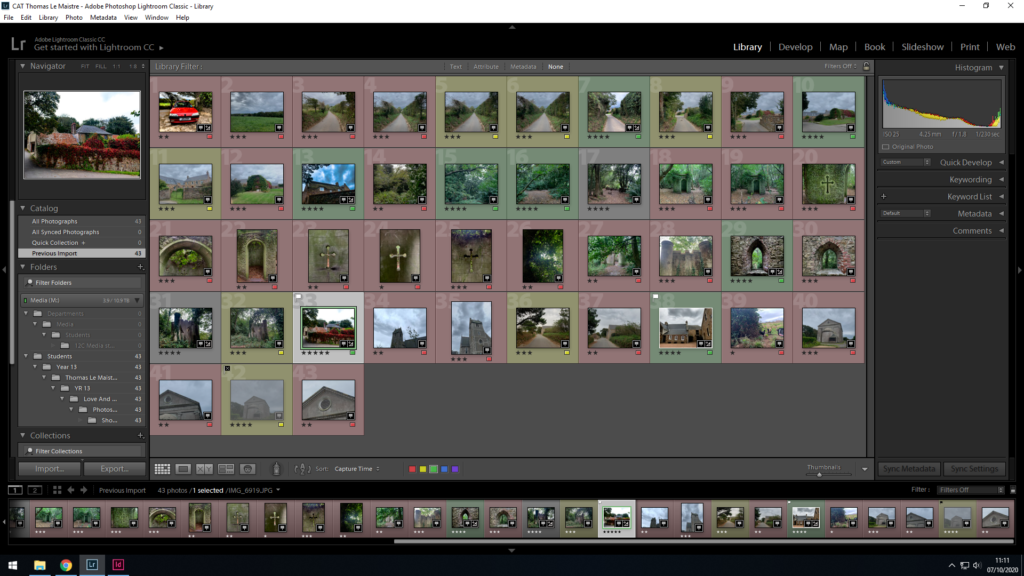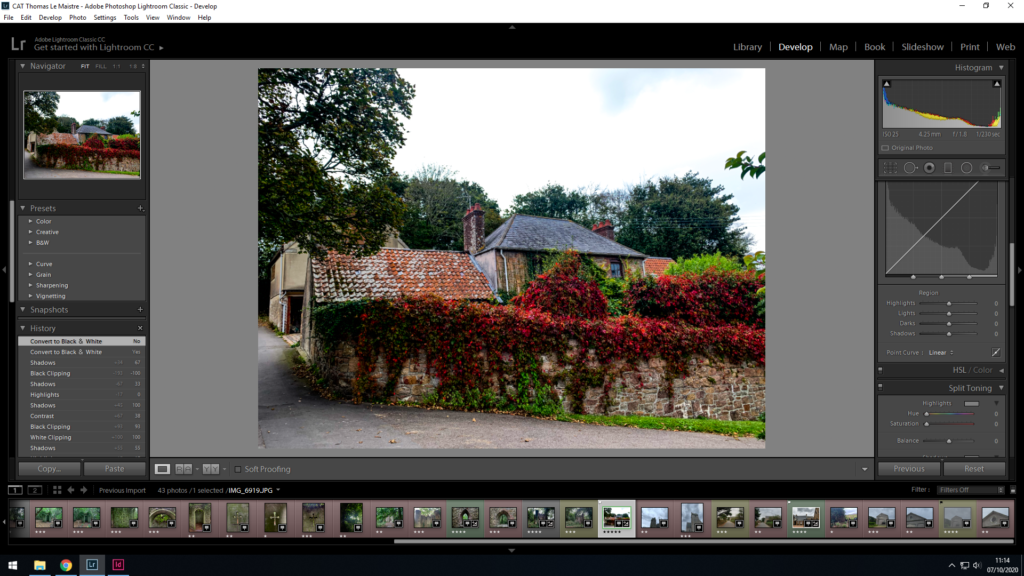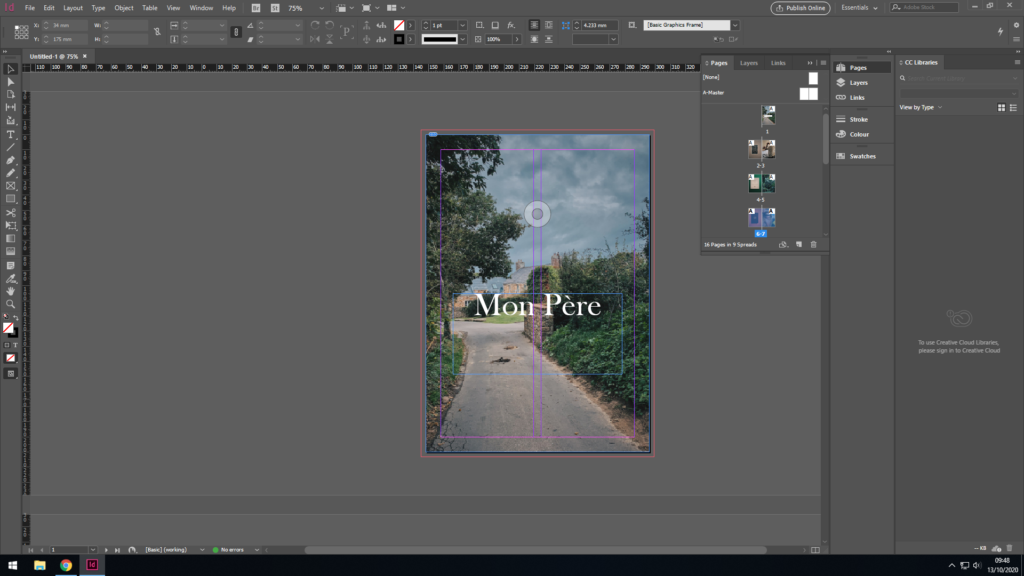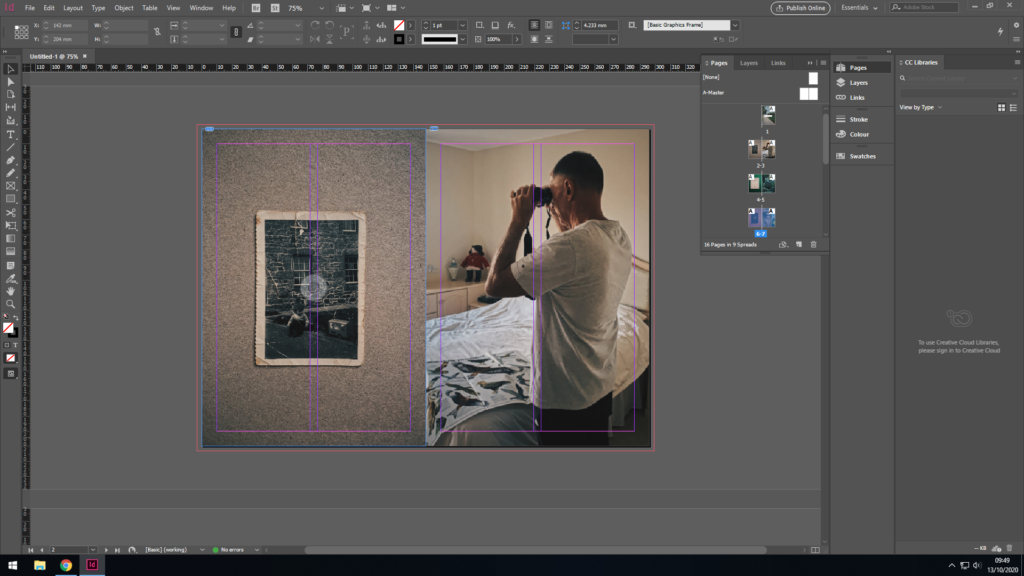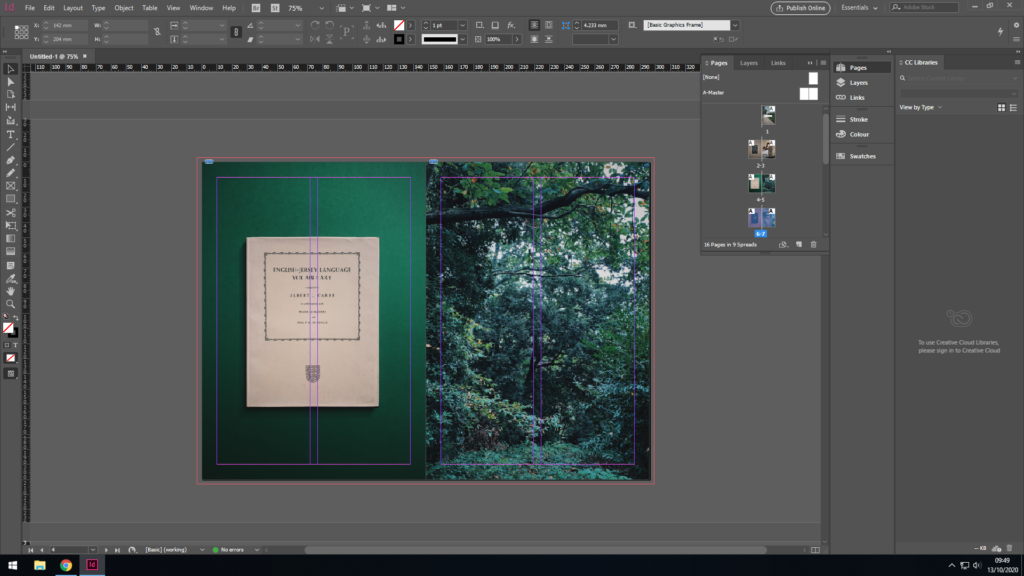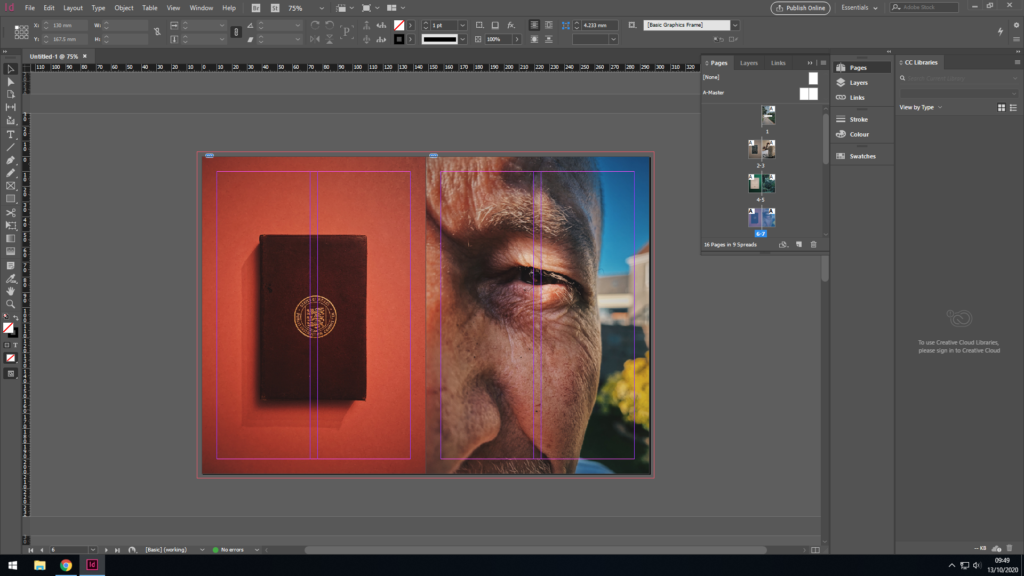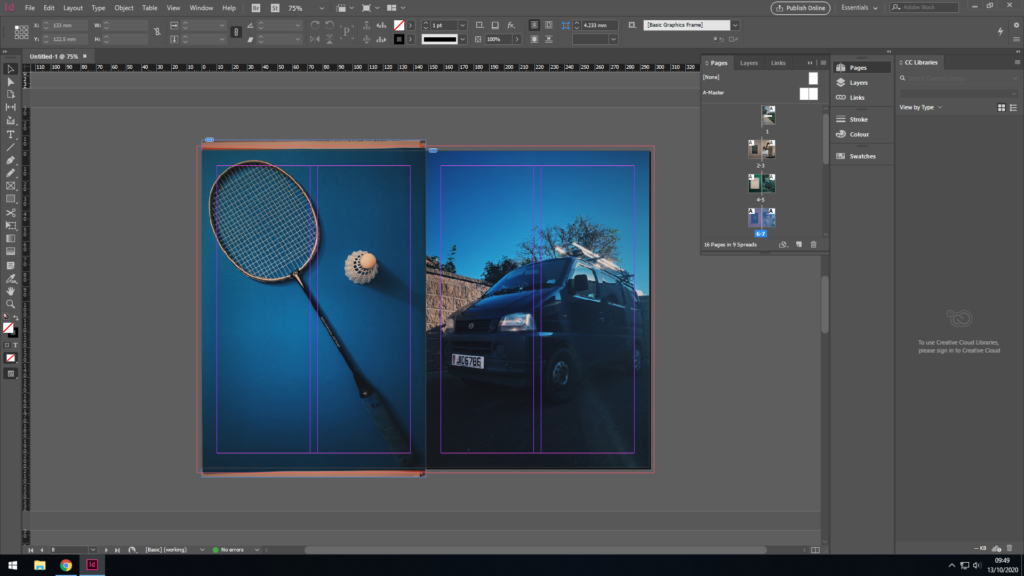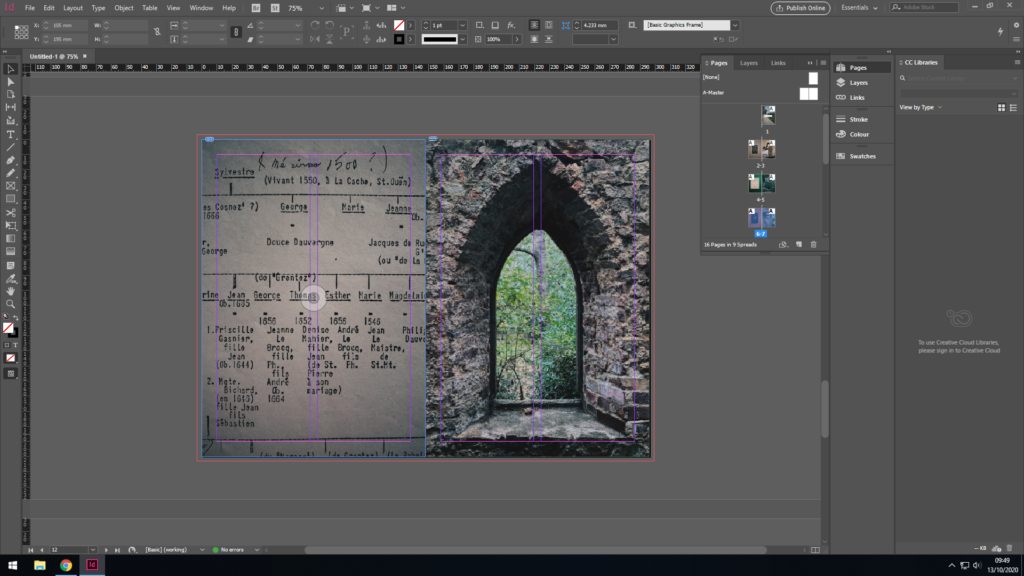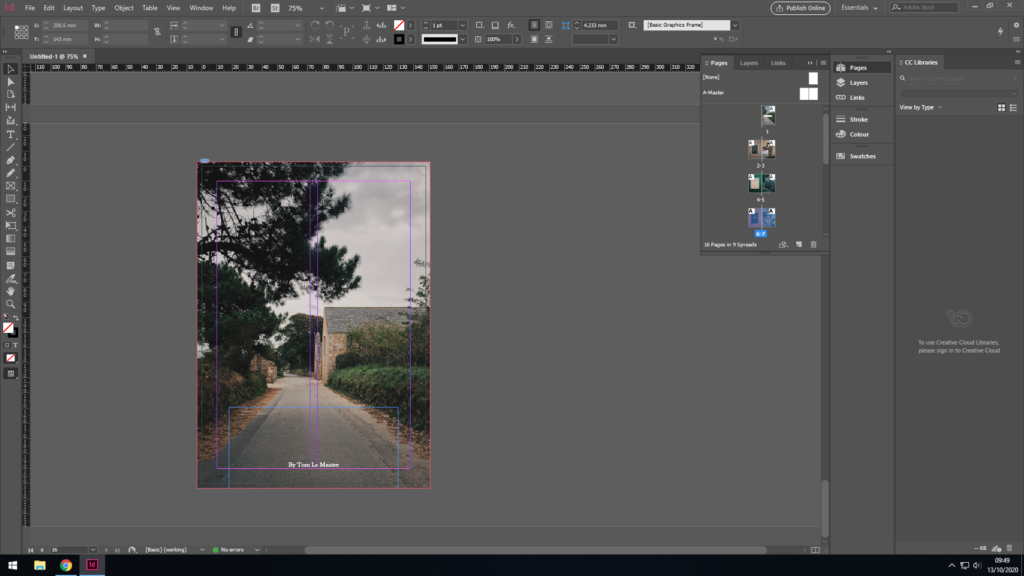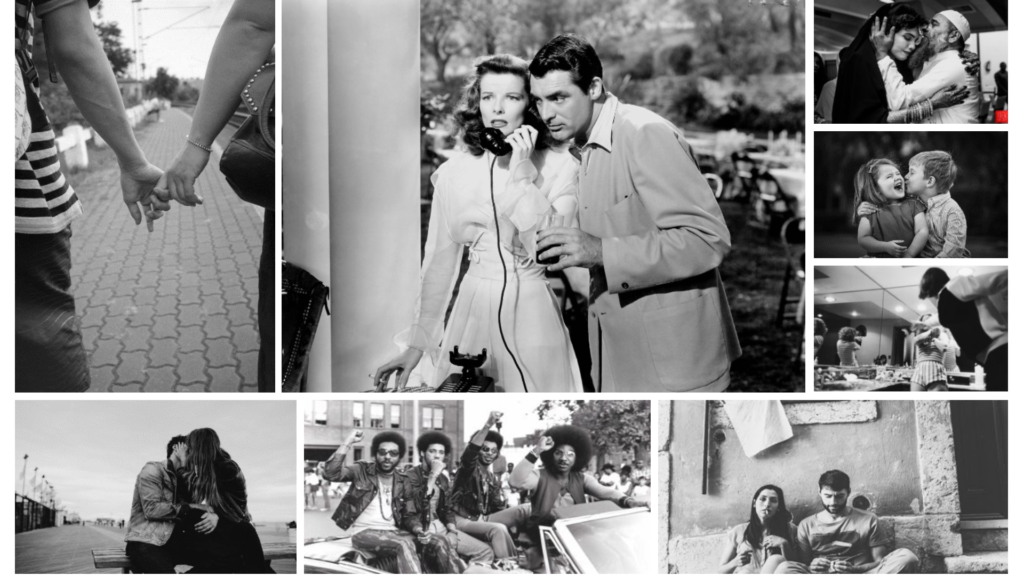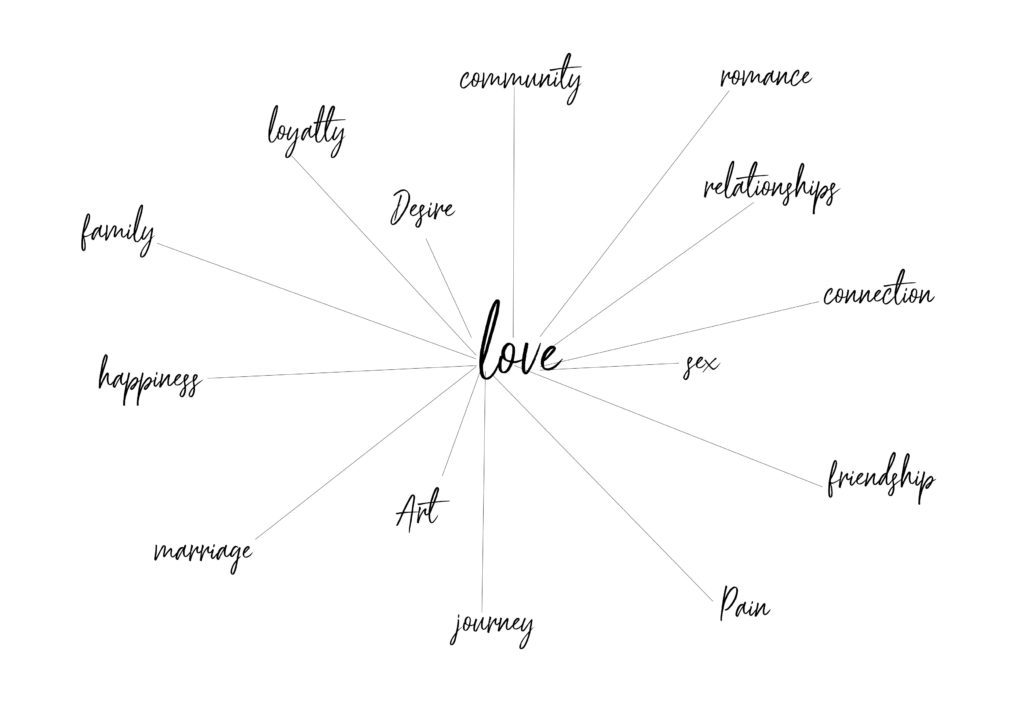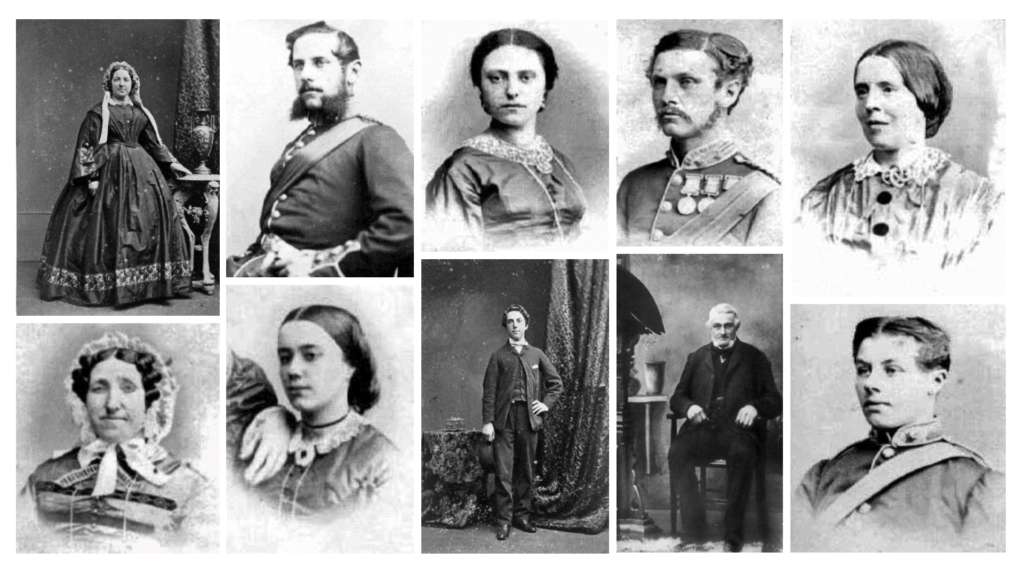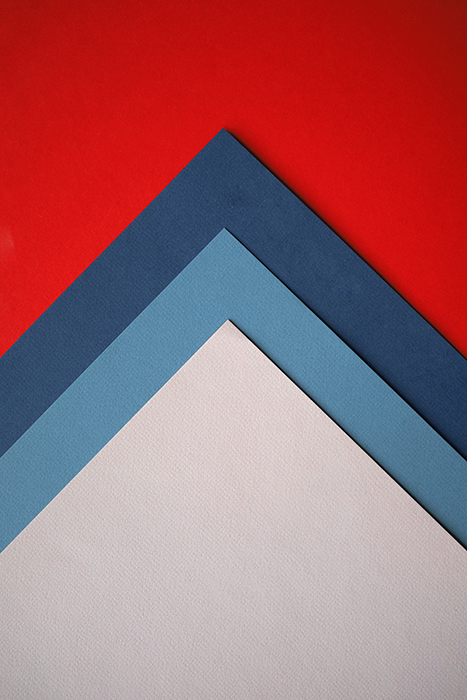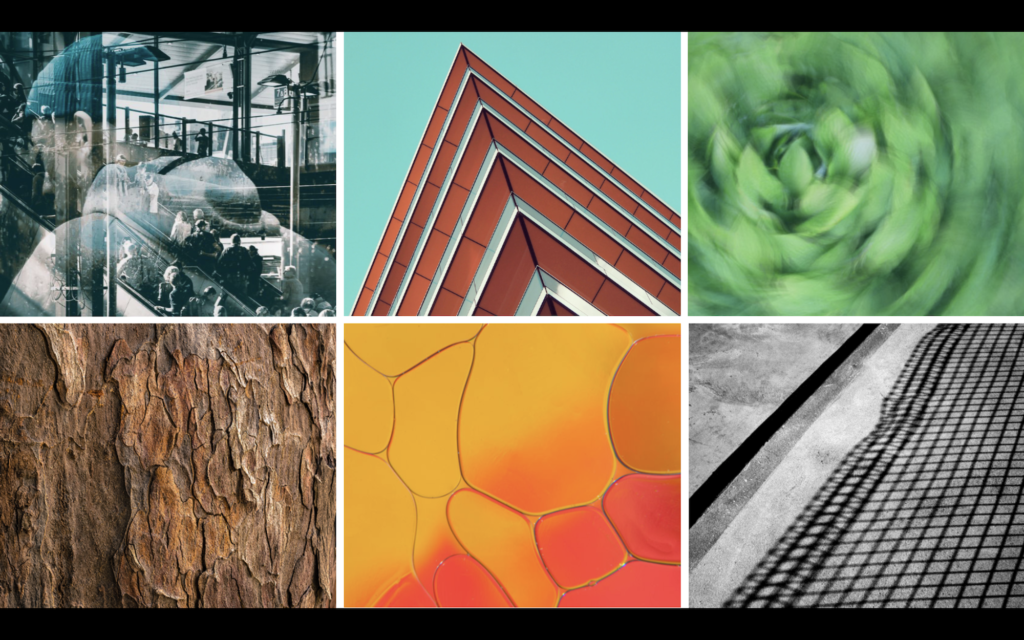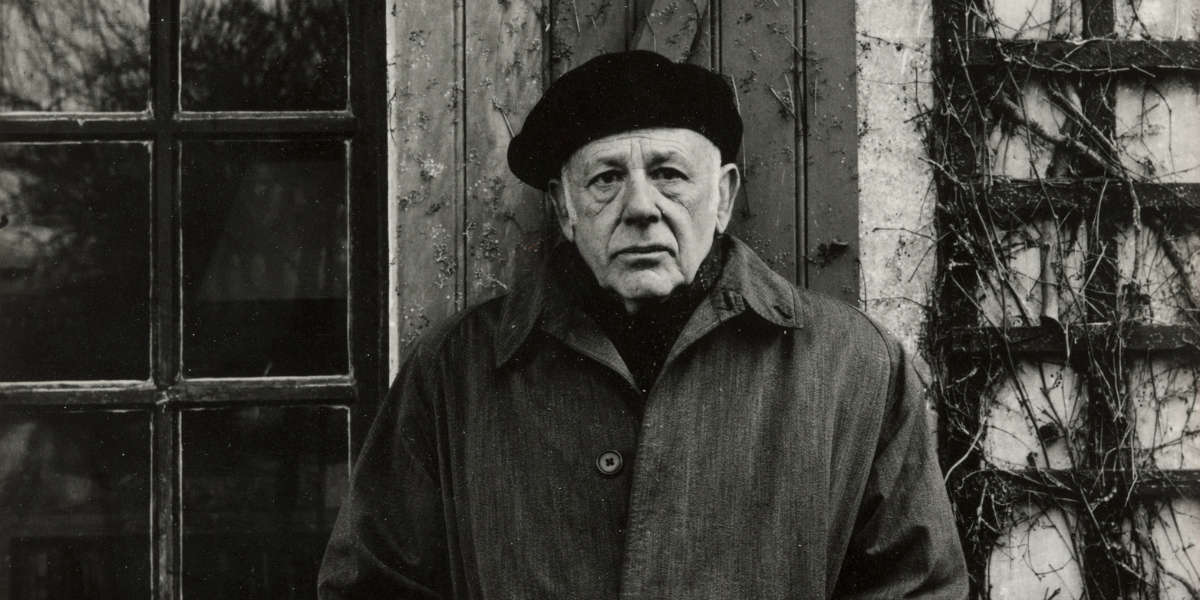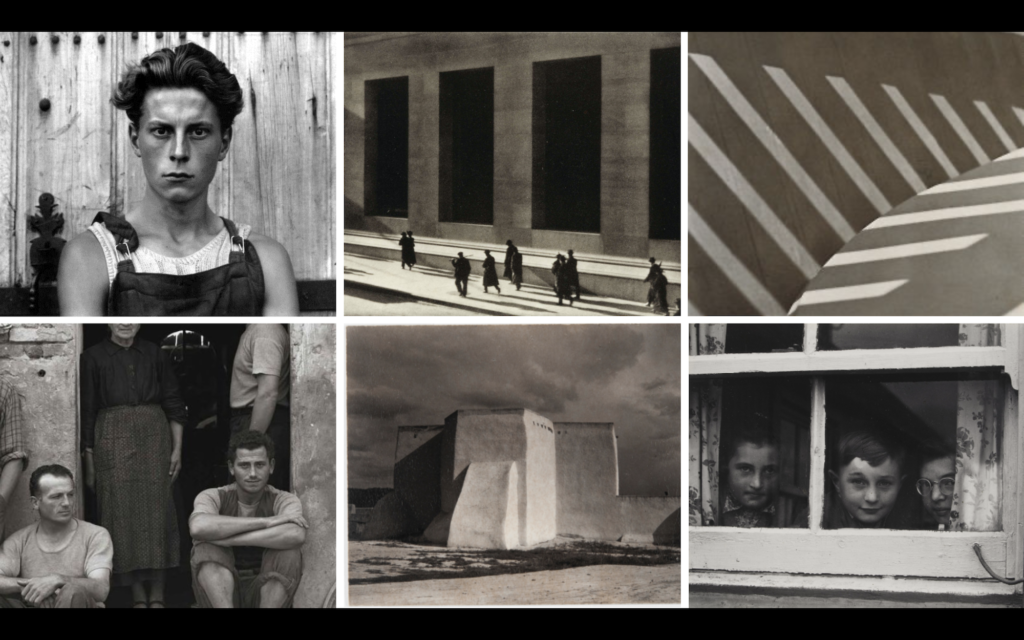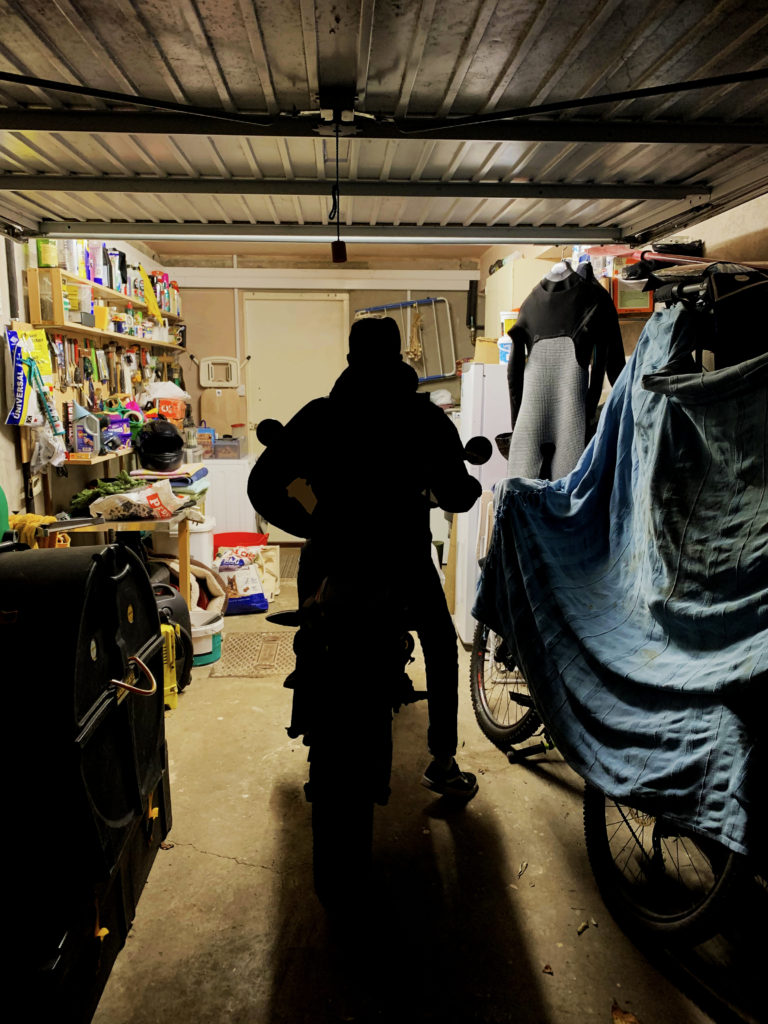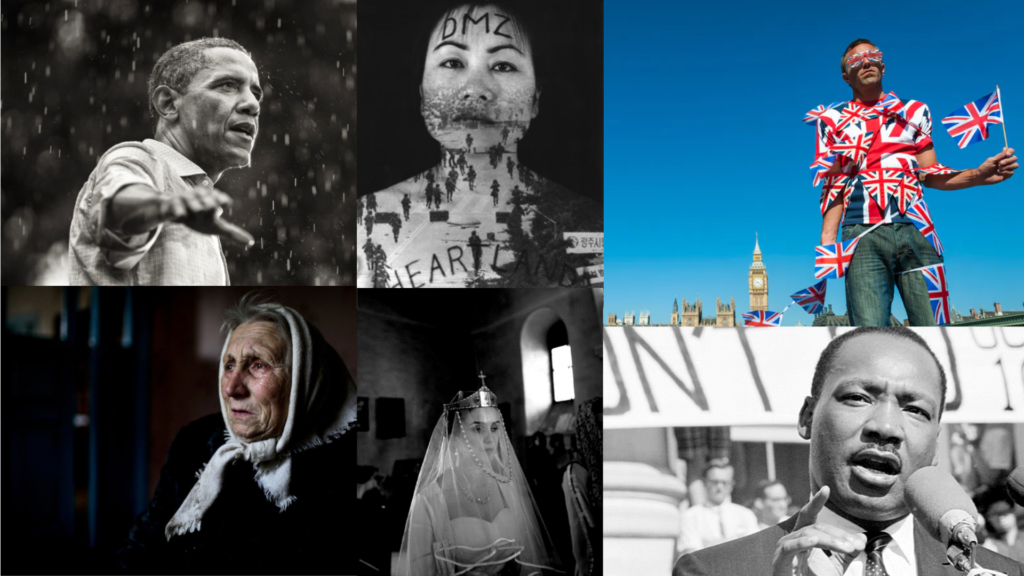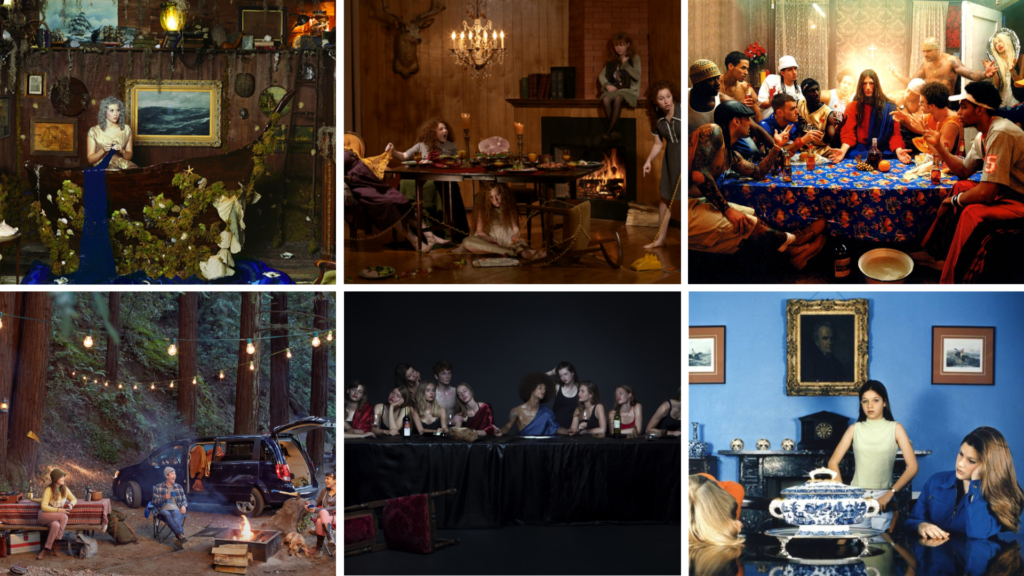3 WORDS
Irrational
Everyday
Collaboration
Intentions:
Our idea is to create a film which explores the impact of coronavirus and lockdown on teenagers. The film is going to show the impact on all teenagers and their mental health. It is not going to follow one character/ protagonist in particular as it will act as a way to show the impact on all people in our age group. The film will be based on our experiences and that of our peers.
We are presenting the theme of rebellion through the use of anger we are going to portray in the film, showing the overall wanting to rebel and ignore the seemingly pointless government rules. Frustration and irrationality our some of our main themes in the film.
As the film progresses we show the change in society through the eyes of teenagers. Jake and myself both want to tackle this theme as it is a very personal topic to us both as it greatly impacted how we lived our lives this year and still does to this day.
Sound will be extremely important in our film as we plan to have much of the pace, emotion and setting reliant on the atmosphere we create with the audio. We are going to do lots of sound scaping and layering.
Story Board
Start:
The pandemic starts – Film loads of news sources from different peoples perspectives (off of phone, tv, laptop etc) – Stitching loads of news articles together (overlaying sound)
End segment with quote from Prime Minister: “The Nation is going into lockdown” – quick into to black (thud)
Part 2:
Record empty and messy streets/ roads (dystopian theme)
Record peoples heads watching TV (no faces)
Person doing push ups in corner of room (bored idea, dark lighting)
Amazon package arrives … unboxing
Making coffee and biscuits
News quote: “restrictions being eased” – again from TV or phone
(SLOW DOWN PACE HERE) opening front door, zoom into person seeing chest relax (one shot – follow them getting into the car, zoom into dash then drive off as zooming out.
Part 3:
Film people socialising
People hugging
Pubs, people drinking again
Busy streets in town (timelapse)
Cars + bikes driving on the roads (The Audi, fancy while driving shots – make sure not to have too long of a clip of driving)
Ending:
Film someone looking at their phone watching cases go up on the rise again…. fade to black.
Editing
Visual:
The majority of the video will have a grey, dull atheistic to it, giving the overall film an impactful and negative effect. The video will be used to show the impact of the pandemic on teenagers using a lot of Jake’s and my own experiences. The shots will be taken on darker days with a naturally grey tone or at night. The dark colours act as a metaphor for the negativity the pandemic has brought.
The film we be shot, mostly free hand on a Nikon DLSR camera. We are shooting the film free hand as we want to capture a natural and more relatable documentary style film. However some shots will be taken on a tri pod, perhaps even a gimble, using props like skate boards to get straight panning shots if necessary.
The shots will be moving images not still images.
None of our models/subjects in our film will show their face. We want the film to appear anonymous and able to relate to anyone. A large focus will be on the behaviour of a person, their hands and their actions.
The film will be cut scenes, flashing through one another, possibly only having screen time for a seconds rather than one continuous shot.
The narrative is a cyclical narrative, as in it starts how it ends: Someone looking at their phone watching the news – the cases going up.
Sound:
Sound is going to play a very important role in the film with much of the pace, emotion and setting relying on the audio. We are planning to use lots of sound techniques and lots of audio layering. This is because by doing this will be able to create atmosphere in the film, such as on an empty street with just the sound of the wind or the sound of laughter and chatter in a pub or resturant.
The sound is also going to be used to portray some of the most impactful events over the past year and we will be using audio clips from new reports, radio broadcasts and other media in our film, (such as the lockdown announcement on the news). The sound will provide the most change and contrast in the film and will impact the visual element the most, making the film much more impactful and personal on the viewer.
We will not be using music in this film, unless it fits the environment but even then it will simply sit in the background and not the main focus of the scene.
It is likely we will be using audio from the website ‘freesound.org’, from the clips but mostly, specifically recorded sounds to add into the video. This will make the video seem much more professional than just using audio from the clips. This also gives us the opportunity to remove wind noise. For example clips such as the empty street clip we plan to capture will have no audio from the original video as that part of the film will be silent.
Title Ideas
The New Normal
Changed
A Teenage view of the Pandemic
Guidelines
Lockdown
Roles
Producer: Thomas Le Maistre and Jake Dupre
Photographer/Videographer: Thomas Le Maistre and Jake Dupre
Editor: Thomas Le Maistre and Jake Dupre
This film is a collaboration of roles and effort.

